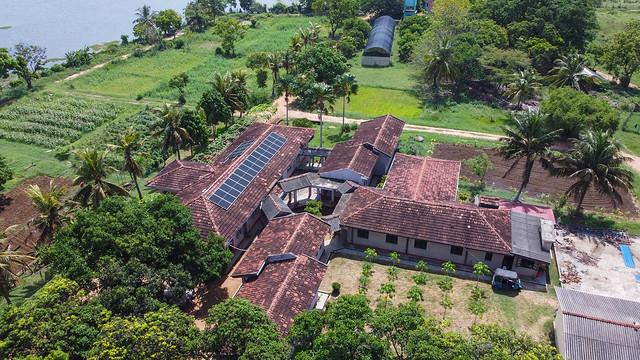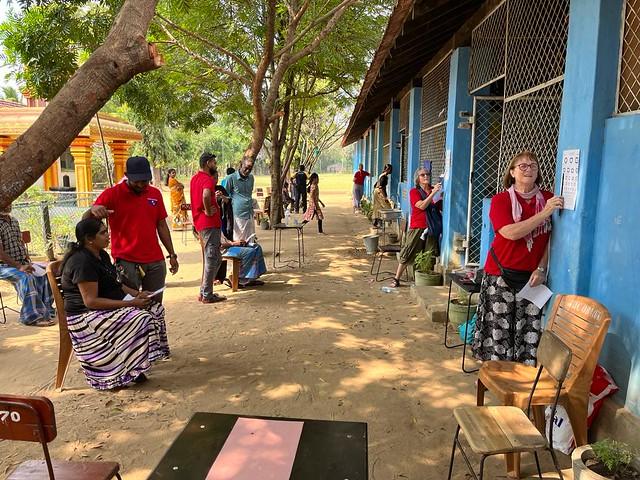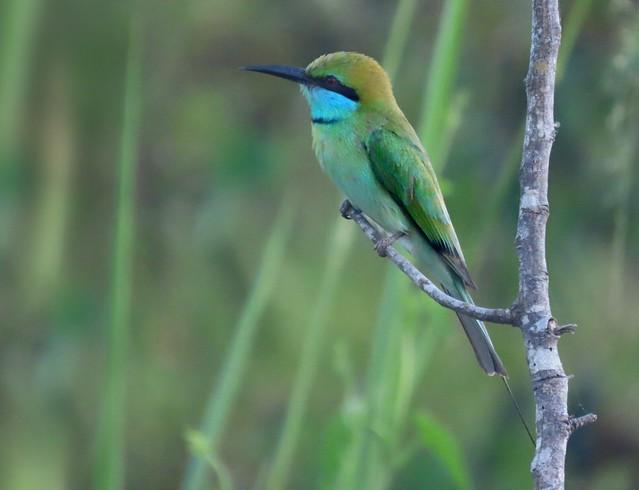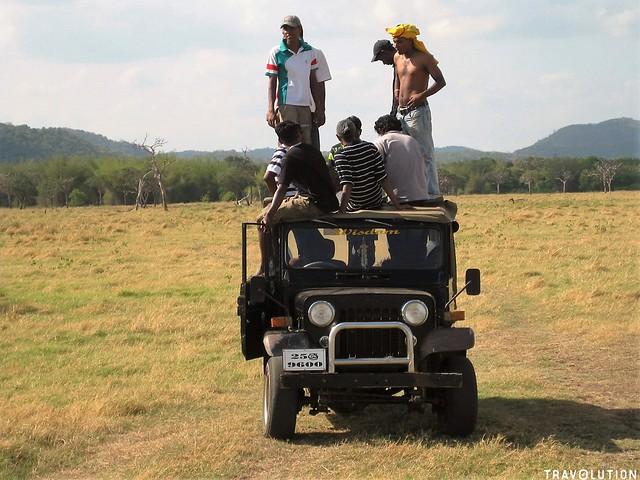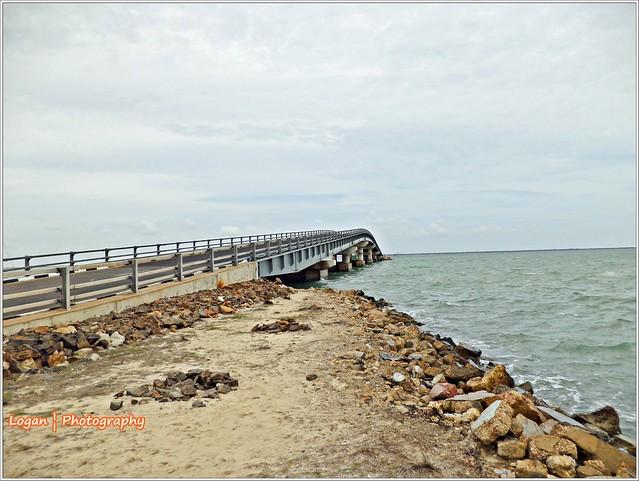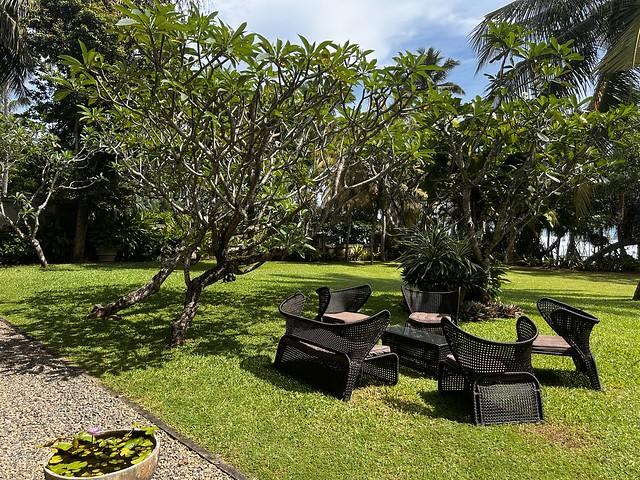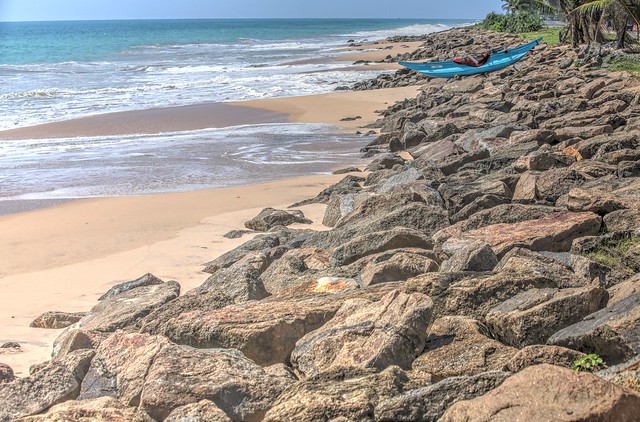Trincomalee District
Overview
Trincomalee District, nestled on the northeastern coast of Sri Lanka, is a captivating blend of history, culture, and stunning natural beauty, making it a unique destination for teenage travelers. Known for its deep-water harbor, one of the finest in the world, Trincomalee has a rich cultural tapestry influenced by its history as a colonial hub under Portuguese, Dutch, and British rule. The district is famed for its beautiful beaches like Uppuveli and Nilaveli, vibrant Hindu temples such as the Koneswaram Temple, and a relaxed, multicultural atmosphere. Its blend of Tamil and Sinhalese communities adds a unique cultural flavor seen in its cuisine, festivals, and daily life, making it an enriching experience for visitors.
The best time to visit Trincomalee is during its high season, which runs from May to September. During these months, the weather is predominantly sunny and dry, ideal for exploring the outdoors. This period aligns with Trincomalee’s famous festivals like the Koneswaram Temple festival, adding a cultural spectacle to the visit. Teenagers can indulge in a variety of activities such as snorkeling and diving in the clear waters of Pigeon Island National Park, whale watching, and enjoying water sports at the pristine beaches. The calm seas during this period provide perfect conditions for these water-based activities, making it a haven for adventure seekers.
Before traveling to Trincomalee, there are several preparations that teenagers and their families should consider. Firstly, ensure all travel documents, including passports and visas, are in order, as Sri Lanka requires visas for many nationalities, which can often be applied for online. Vaccinations may be recommended, so it’s wise to consult a health professional well in advance. Additionally, packing should include light clothing suitable for hot and humid weather, beachwear, sunscreen, and insect repellent to stay comfortable and safe. Understanding basic phrases in Tamil or Sinhala can also enhance interactions with local communities, though English is widely spoken in tourist areas. Planning accommodations and local transport in advance is also advisable to make the trip smooth and enjoyable.
How It Becomes to This
History not available

You May Like
Explore other interesting states in Sri Lanka


